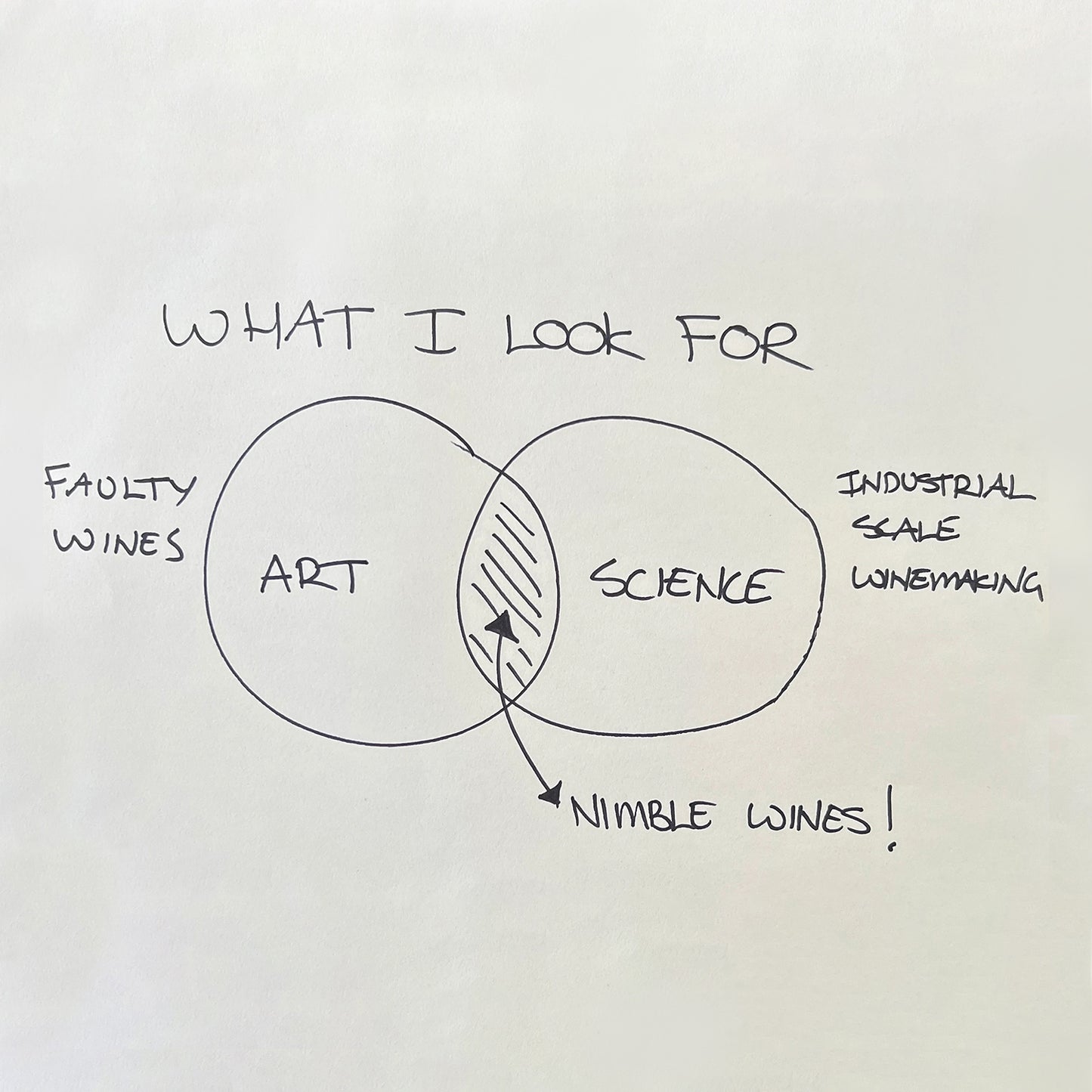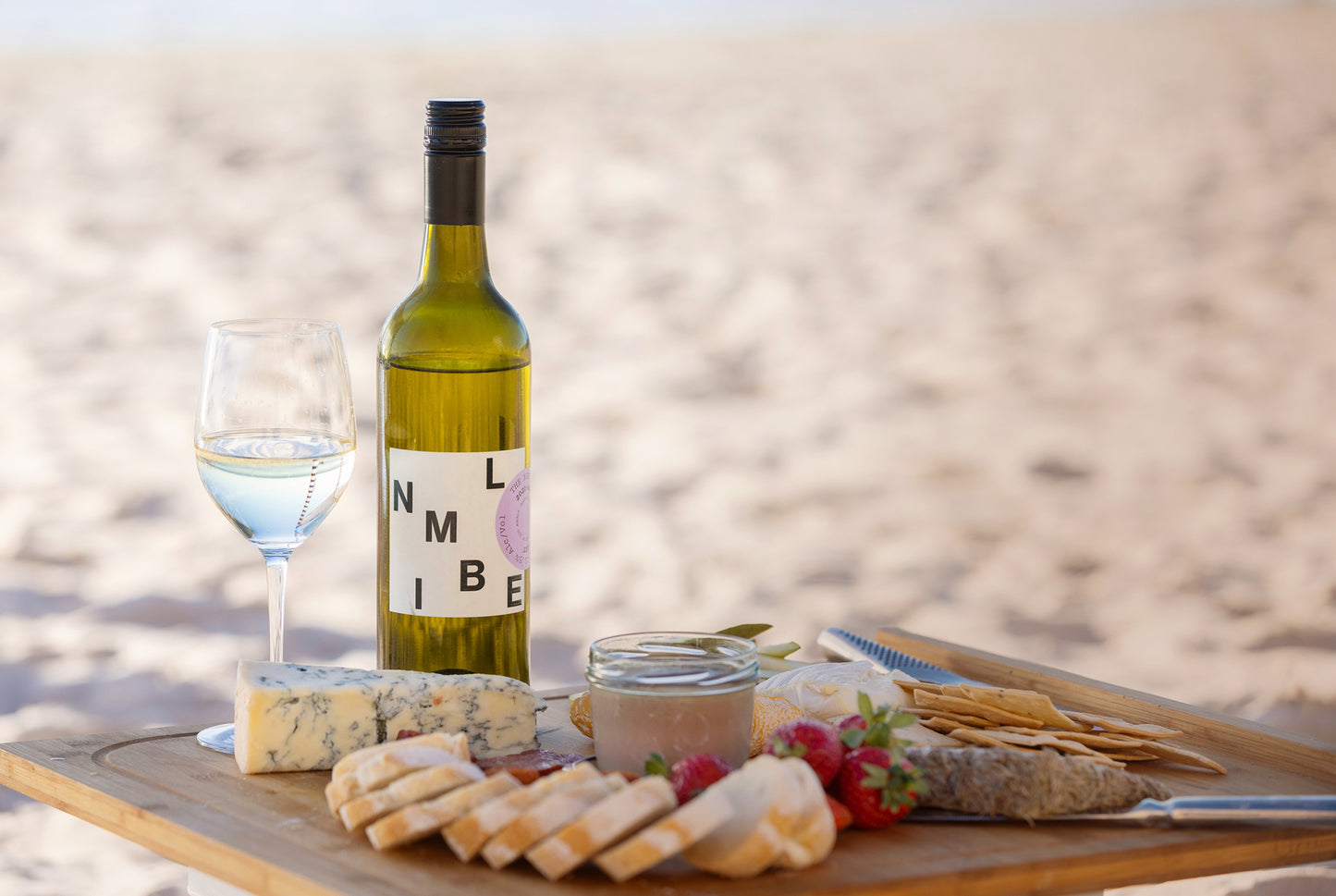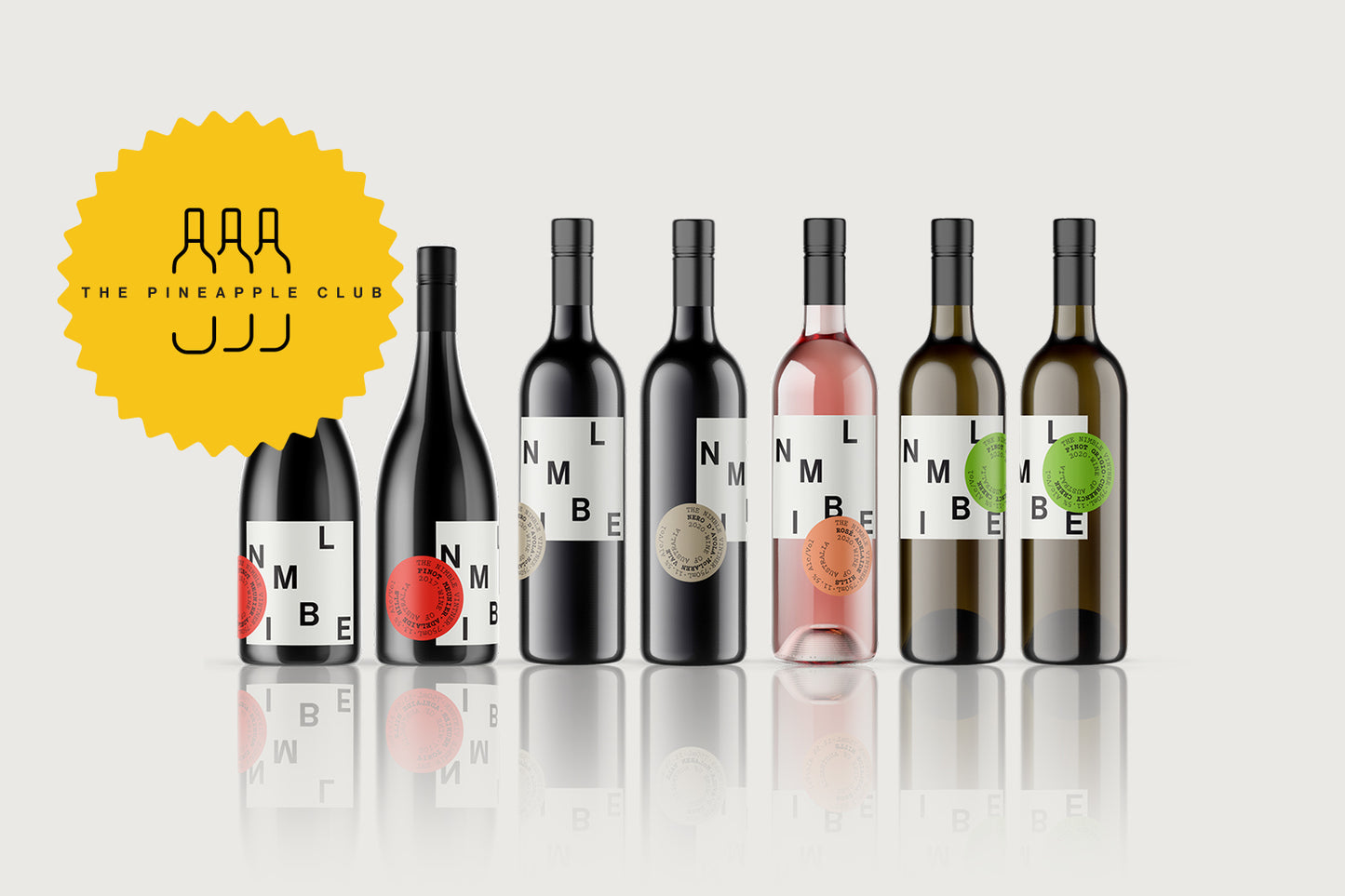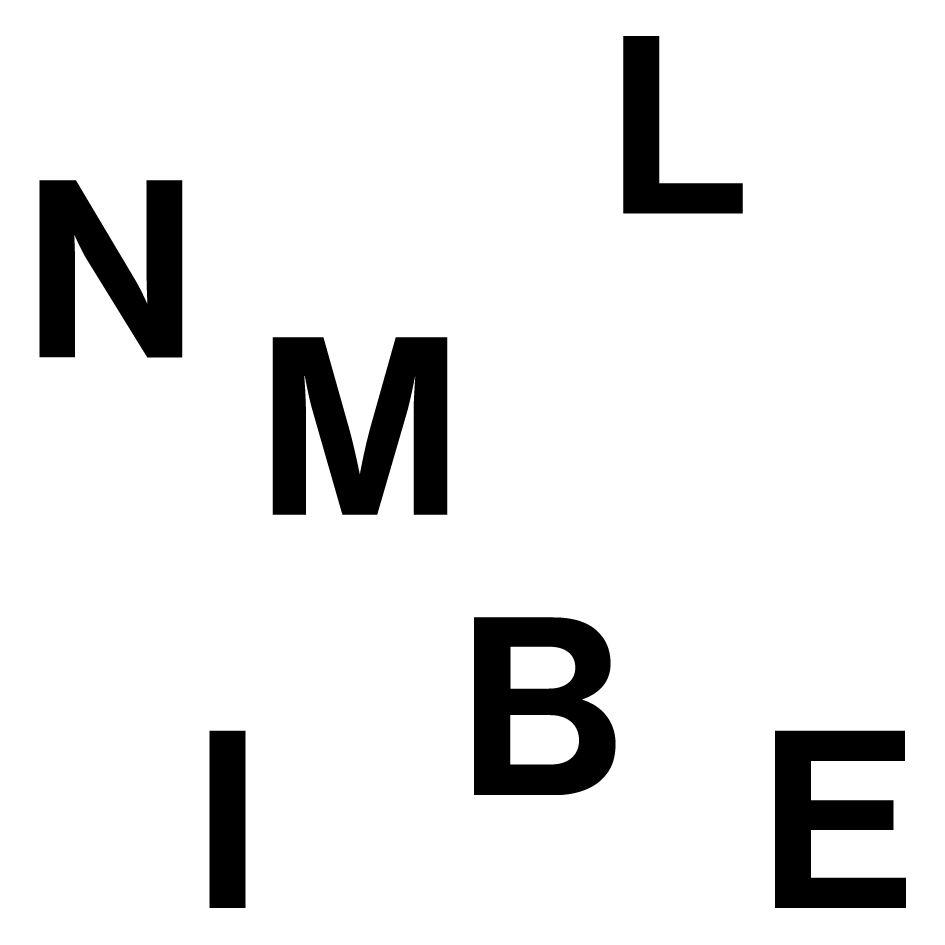
The best wines are a result of art and science coexisting.
Natural Wine, Minimal Intervention, Lo-Fi - there are now categories on wine list for them. What does it actually mean? A famous Tuscan winemaker put it succinctly 'The only wine which can truly be called natural is one which comes from a wild grapevine which has dropped its grapes on the ground, where they spontaneously fermented. Anything which has been touched by mankind cannot really be called natural'. Made sense to me. It is worth noting, unlike organic and biodynamic wines, there are no trust marks for these terms - essentially, anyone can use them for any product.
While there are many amazing wines produced by the natural wine movement, equally I find so many to be 'un-wine' like in their character, all too often with glaring faults and inconsistencies.
At the other end of the spectrum, 'industrial' wines produced using bulk formulaic techniques result in mono-chromatic wines which give you a headache.
For me, the sweet spot is where both Art and Science play a role. It starts with healthy vines, managed sympathetically with their environment. All things being equal, a healthy plant will produce healthy, well balanced fruit. If a winemaker has that, their job is comparatively easy and their function is more to be a custodian of the flavours, acids and tannins in the grapes throughout the fermentation, maturation and bottling processes. Sure, there are a few techniques which can be used to develop different flavour profiles, textural elements and levels of acid etc, though these are all used with great care and diligence.
All the grapegrowers and winemakers I work with follow this approach. Start with healthy vines, produce healthy fruit, carefully shepherd it through the winemaking and bottling process to ensure the resultant wine is reflective of the place it was grown, the prople who grew it and made it.
Cheers,
Richard aka The Nimble Vintner


